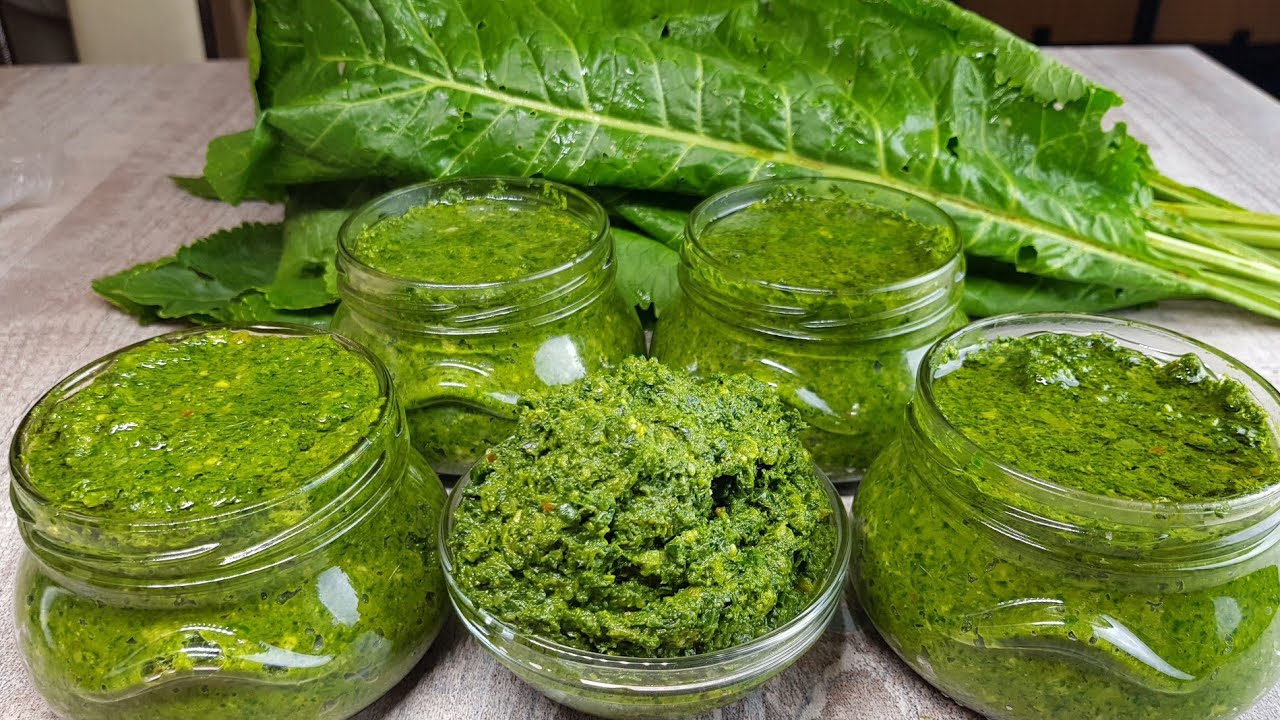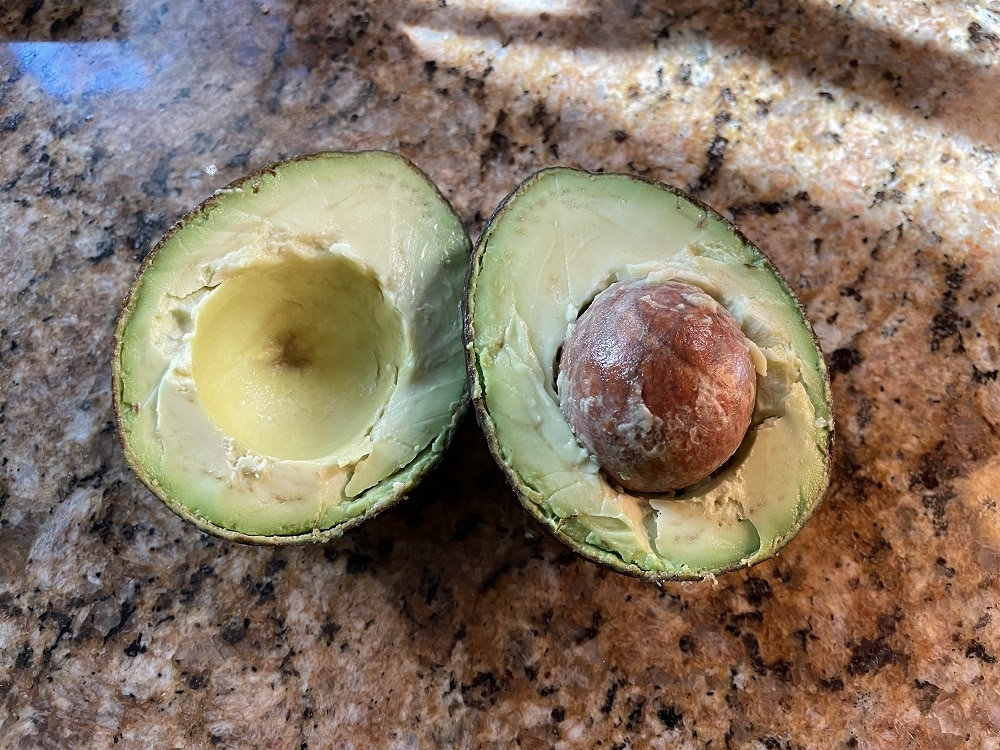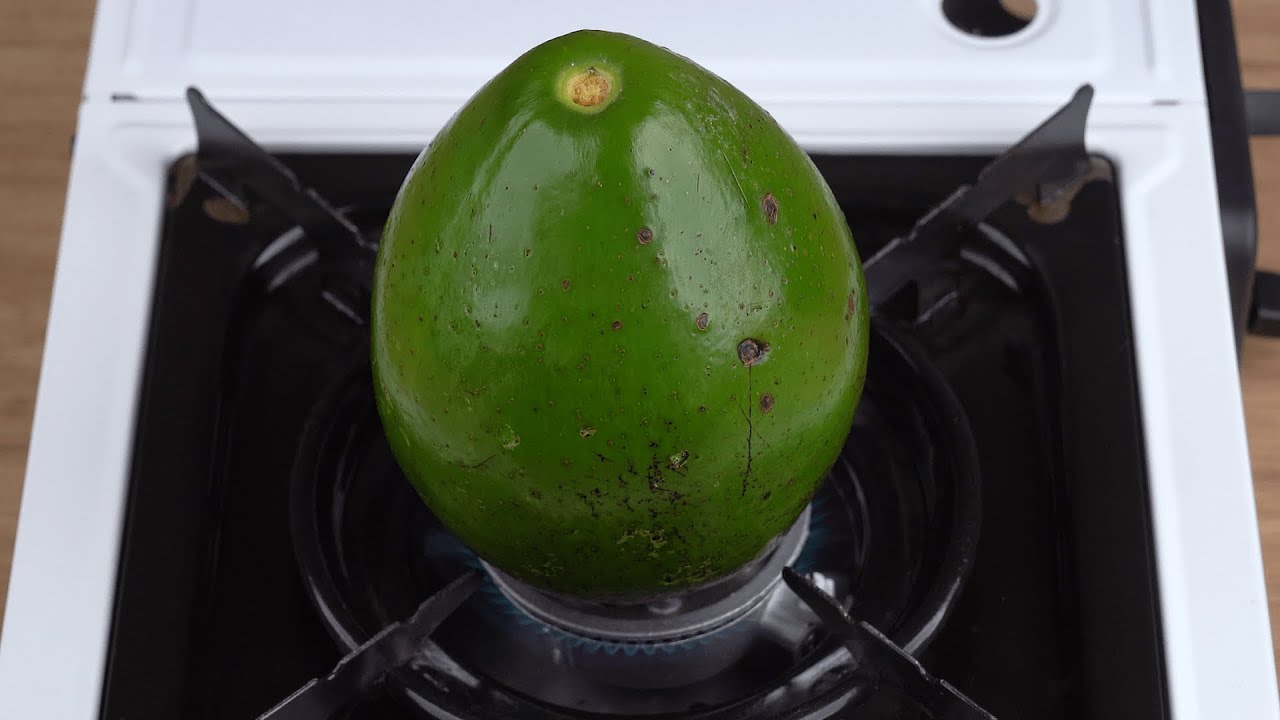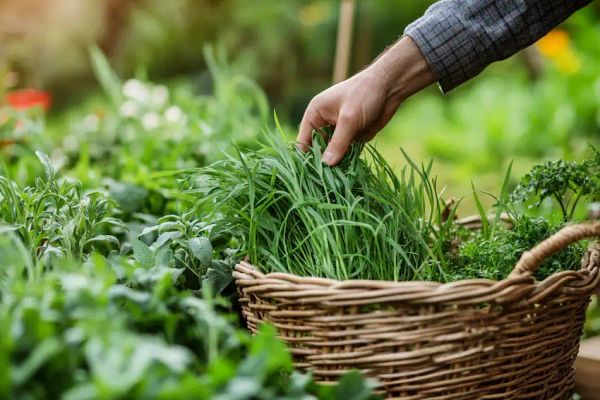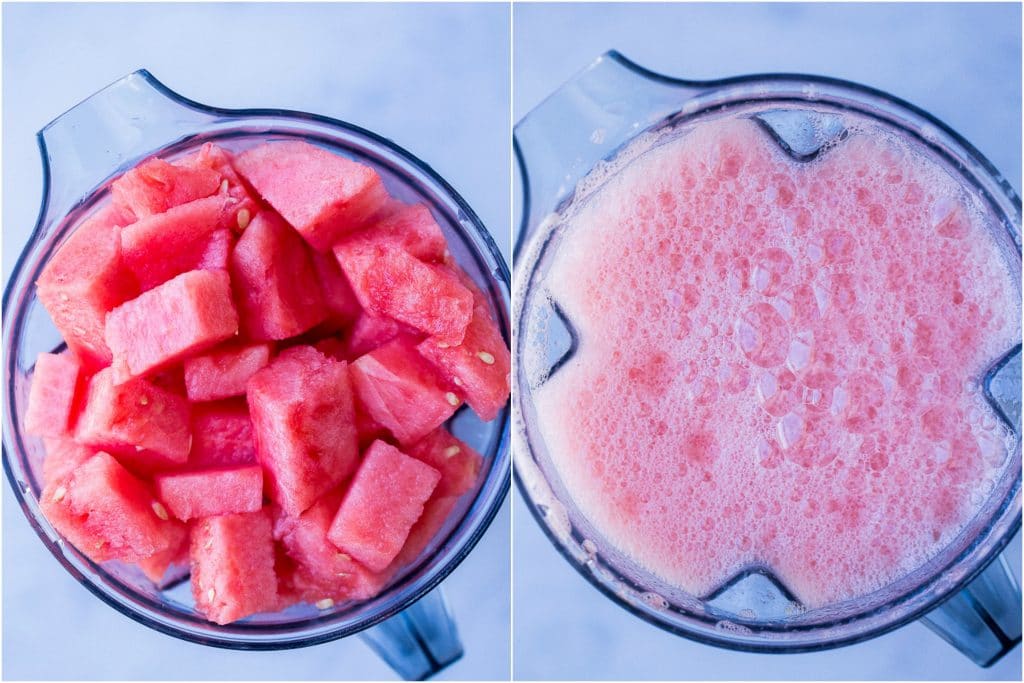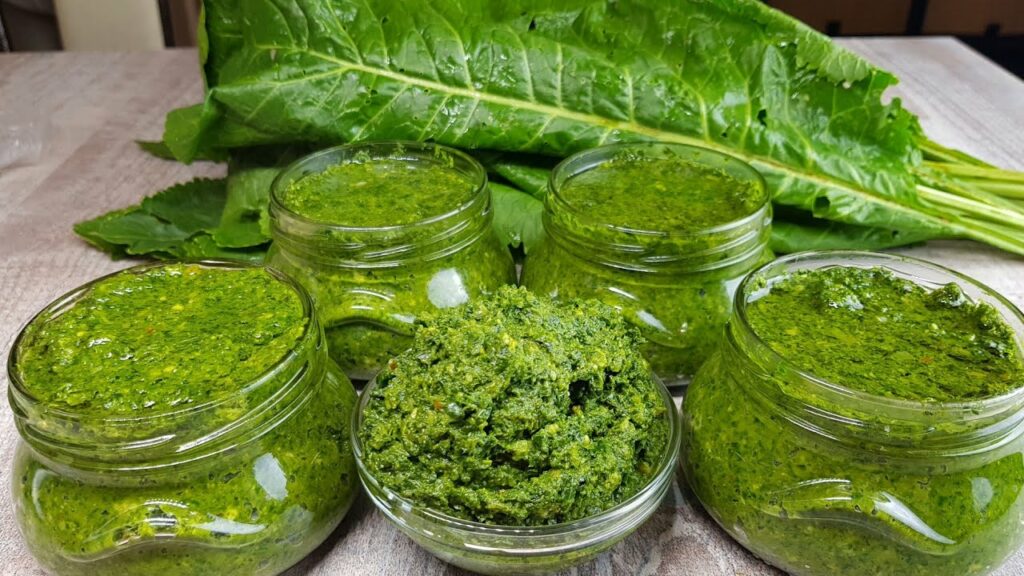
Introduction: When the chill of winter approaches, there’s nothing like having a pantry filled with homemade delights that remind you of the garden’s bounty. One such treasure is horseradish leaf seasoning, a simple yet delicious way to add a kick to your winter meals. Let’s dive into how you can prepare this zesty seasoning right at home.
Why Horseradish Leaves? Horseradish leaves are often overlooked, but they offer a milder spice compared to the root, yet are robust enough to enrich a variety of dishes. Packed with nutrients, these leaves can transform everyday meals into special culinary experiences.
Materials Needed:
-
Fresh horseradish leaves
-
Salt
-
Optional: other herbs like dill or basil for added flavor
-
Jars for storage
Preparation Steps:
-
Harvest and Clean: Begin by gathering fresh horseradish leaves. Choose vibrant, healthy-looking leaves and wash them thoroughly to remove any dirt or pests.
-
Dry the Leaves: Pat the leaves dry with a towel or let them air-dry completely. For quicker drying, you can place them in a low-temperature oven until crisp.
-
Grind the Leaves: Once dry, grind the leaves into a fine powder using a food processor or a spice grinder. This is where you can get creative by adding other dried herbs like dill, basil, or even a pinch of salt for extra flavor.
-
Storage: Transfer your ground horseradish leaf seasoning into clean, dry jars. Make sure the jars are airtight to maintain freshness. Label each jar with the date so you can keep track of freshness.
Uses and Benefits: This horseradish leaf seasoning is incredibly versatile. Here are a few ways to enjoy it:
-
Soups and Stews: Sprinkle some into your favorite winter soups and stews for an added layer of flavor.
-
Marinades: Mix it into marinades to give meats and vegetables a delightful zing.
-
Seasoning Blends: Combine it with other spices to create unique seasoning blends for any dish.
Conclusion: Making your own horseradish leaf seasoning not only fills your kitchen with the aromas of the garden but also provides a heartwarming joy that comes from creating something useful and delightful. As winter unfolds, you’ll find that these jars are not just containers of seasoning, but jars of memories from the garden, too. So don’t hesitate to make plenty – you might find that even 20 jars are not enough! Enjoy the process and the delicious outcomes all winter long.
